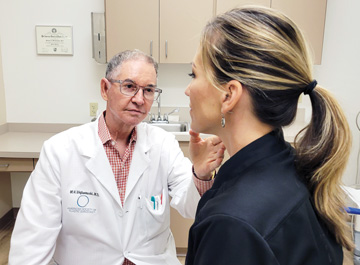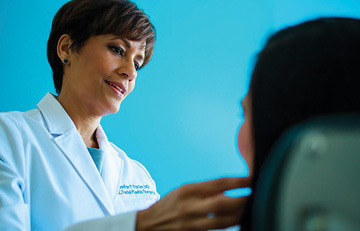Two decades ago, most plastic surgeries were performed in hospitals. Patients, even those who underwent minimally invasive procedures, were usually required to stay at least overnight with additional recovery time at home. This was before the plastics market went mainstream, before celebrities made it chic and before social media apps such as TikTok and Instagram promised better living through Botox.
Coupled with advances in technology — computer-aided imaging, alloplastic materials and even the potential for gene therapy — the plastics market has radically transformed to make surgery not only easier and safer for patients, but also more lucrative for facilities.
By 2026, the plastic/cosmetic surgery market is expected to have an estimated worth of almost $70 billion with annual out-of-pocket patient expenditures on even the most minimally invasive procedures exceeding $8 billion in the U.S. alone.
However, the future wasn’t always so bright for this skyrocketing service line. Fifteen years ago, opening a freestanding plastic surgery center was a risky proposition. There were plenty of legitimate questions: Would there be enough patients to support the facility? Would it be able to invest in the latest technology? How many elective procedures would it take to turn a profit?
Today, as cosmetic procedures surge in popularity and minimally invasive procedures represent a rapidly expanding revenue stream, outpatient plastic surgery centers have become the norm. While many are physician-owned, there are plenty of others that are affiliated with hospitals and major health systems. How these facilities will evolve will ultimately be determined, in part, by the mainstream acceptance of plastic and cosmetic surgery, and whether it continues to grow among a wider, much more diverse demographic.
.svg?sfvrsn=be606e78_3)


.svg?sfvrsn=56b2f850_5)